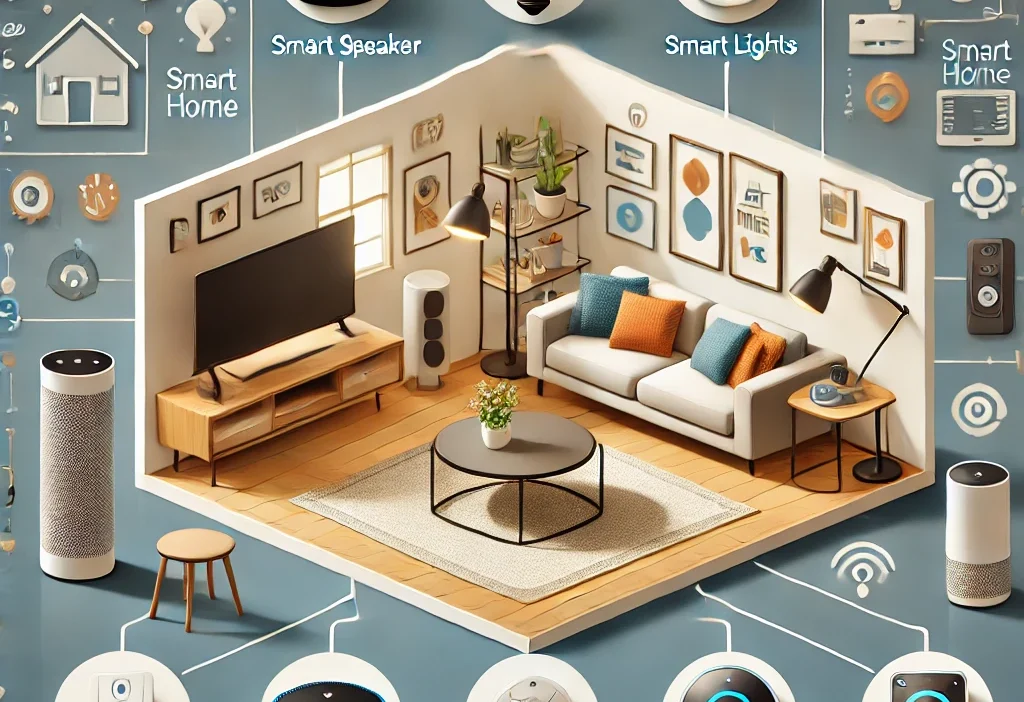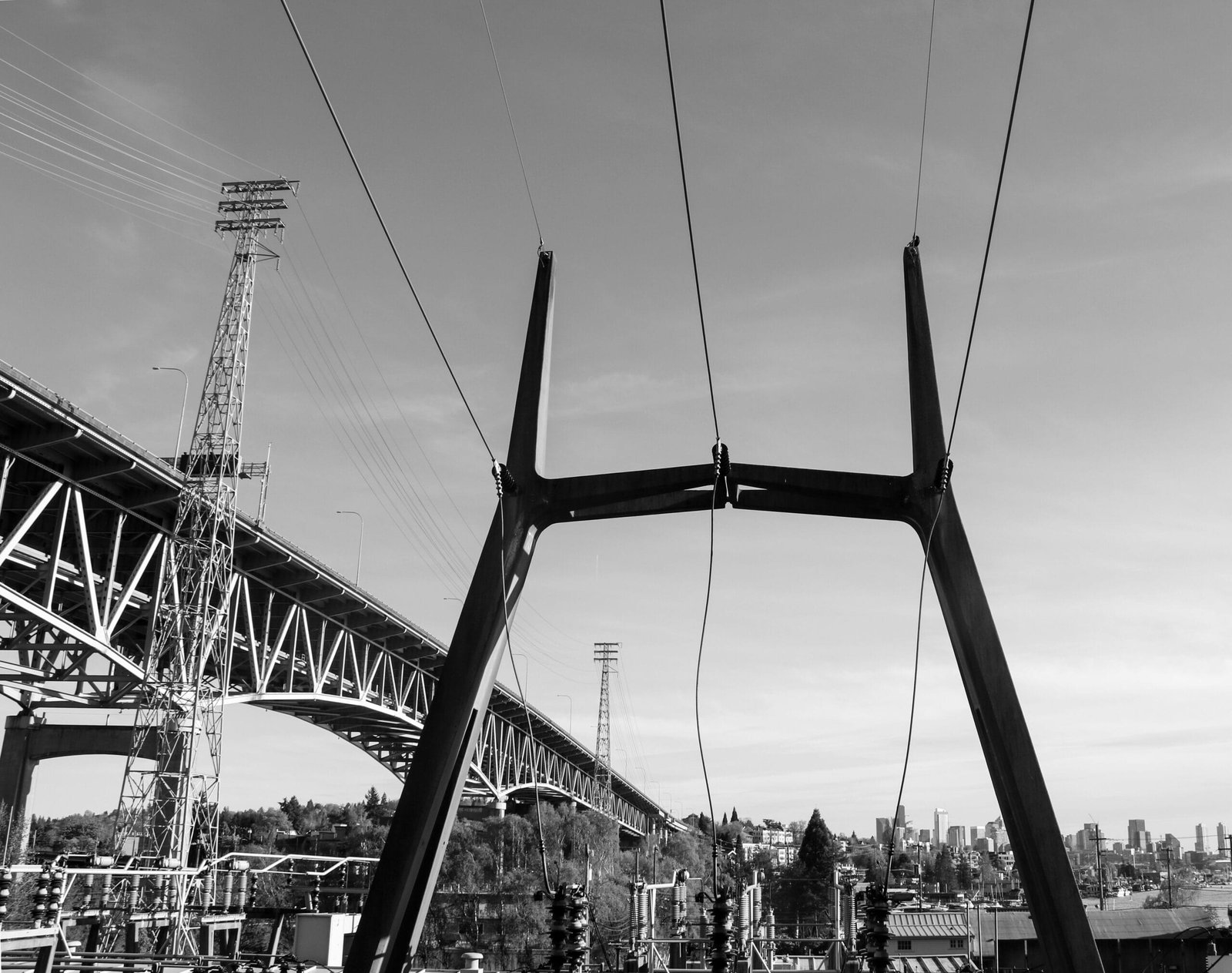Embarking on the journey to creating a smart home can revolutionize the way you interact with your living space, offering convenience, enhanced security, and even energy savings. Starting this venture, however, might seem daunting at first. Worry not! We’re here to guide you through setting up a smart home environment that’s both sophisticated and manageable. This beginner’s guide will help you select the essential devices to start building your very own automated haven.
Choosing the Right Smart Hub: Centralizing Your Home Automation
The heart of any smart home is its hub. Think of it as the brain, where all your devices connect and communicate. Choosing the right smart hub is crucial because it determines how well your devices work together. Popular options include the Amazon Echo, Google Home, and Samsung SmartThings. Each hub supports various protocols like Zigbee and ZWave, providing flexibility in device selection.
A key point when selecting your hub is compatibility. Ensure the smart hub supports the devices you plan to adopt, now and in the future. An adaptable hub not only simplifies set-up but also future-proofs your system. Remember, the goal is seamless communication across all devices, so compatibility is a deal-breaker.
Furthermore, consider the user interface and control mechanisms of the hub. A straightforward app that allows easy control and automation of devices is essential. Look for hubs that offer intuitive scheduling features and can be controlled remotely. This feature is particularly useful for adjusting settings on-the-go or monitoring your home while you’re away.
Essential Smart Devices for Every Beginner: From Lighting to Security
Start simple. Smart lighting is one of the easiest ways to delve into the smart home universe. Brands like Philips Hue offer starter kits that are compatible with most smart hubs. These kits let you control lighting remotely and can be programmed to adjust based on time or activity within the house.
Next, consider the security of your home. Smart security cameras like the Arlo Pro or Ring Video Doorbell add a layer of security and are generally easy to install. These devices not only allow you to monitor your home remotely but also send alerts to your smartphone if unexpected motion is detected.
Smart thermostats, such as the Google Nest or Ecobee, are another worthwhile investment. These devices learn your temperature preferences and adjust automatically, saving energy while keeping you comfortable. Plus, they look sleek and offer the convenience of voice control and remote adjustments.
Expanding Your Smart Home: Next Steps and Future Possibilities
Once you’ve established the basics, consider what other aspects of your home life could benefit from automation. Home entertainment systems, for instance, can be elevated with smart speakers and TVs, which integrate seamlessly into your existing smart home setup.
Consider the utility of smart appliances. Smart refrigerators, washers, and dryers can provide notifications and are increasingly becoming compatible with popular smart home systems. Imagine receiving a notification when your laundry cycle is complete or when it’s time to buy more milk.
Lastly, explore the integration of natural elements into your smart home with smart watering systems and air quality monitors. These not only help in maintaining a healthy living environment but can also be programmed to function in sync with other smart devices for optimal energy use and comfort.
In wrapping up, setting up a smart home doesn’t have to be overwhelming. Start with the basics: a smart hub, some smart lights, a security camera, and a thermostat. From there, the possibilities to expand are nearly endless. With each addition, your home becomes more connected, convenient, and secure. Embrace the future by turning your home into a smart sanctuary, where every device enhances your living experience, blending technology seamlessly into your daily routine. Welcome to the future of living!



